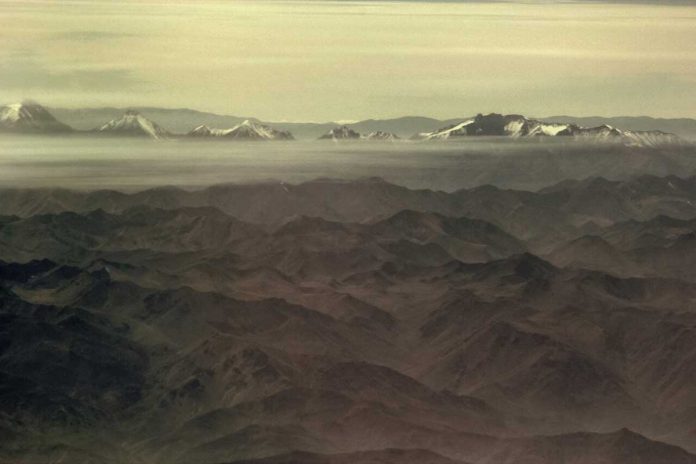Iodine in desert dust can trigger chemical reactions that destroy air pollution. But this dust also let greenhouse gases stick around longer. This new research has been published in the journal Science Advances. This has forced researchers to revaluate how particles from land are impacting the chemistry of the atmosphere.
A CIRES Fellow and professor of chemistry at CU Boulder, Rainer Volkamer said, “Iodine, the same chemical added as a nutrient to table salt, is eating up ozone in dusty air high in the atmosphere”.
Volkamer and his team have made atmospheric measurements by aircraft over the eastern Pacific Ocean. Volkamer said their finding has implications for air quality and climate. Iodine chemistry can make greenhouse gases stick for a long time. So, geoengineering schemes involving dust should be paused.
Atmospheric researchers have observed the dusty layers of air. They found out some kind of dust-surface chemistry was eating up ozone. But scientists were not able to show what exactly is happening in laboratory experiments. But experiments have shown that a gaseous form of iodine can gobble up ozone. But there was no hint of the connection between dust and iodine.
In 2012, there have been some tantalizing hints about the process in the database of an aircraft flights offshore Chile and Costa Rica. Dust was blowing from South America and had striking levels of gaseous iodine. The data contained some blurry photographs shared by atmospheric chemists around the world.
The data from the “Tropical Ocean Troposphere Exchange of Reactive Halogens and Oxygenated Hydrocarbons” which is a field campaign of the National Science Foundation, have captured the three characters together in one single image. From the pictures it was clear that the dust was desert dust and it contained significant levels of iodine. The example of this kind of dust can be the dust from Atacama and Sechura deserts in Chile and Peru. The iodine in the dust was quickly transformed into a gaseous form. Because of this gaseous form, ozone dropped to very low levels. But the question is how did that dust-based iodine transform. The scientists were not able to answer this question.
Scientists think that the answer of the question is a future work. Scientists who will be willing to study atmosphere, they can do their research on this. Iodine’s reactions in the atmosphere also play a role in reducing levels of OH. This can increase the lifetime of methane and other greenhouse gases.

